Revenue Stamps
Sep 24, 2019 • 238 views
These stamps are not essentially identical to postage stamps, and date back to early or middle eighteenth century. However, both kinds of stamps can sometimes be used interchangeably!
What are Revenue Stamps?
Revenue Stamps have been used traditionally as a means to collect taxes, fees and other such charges involved in businesses concerning sale and shipment of goods like medicines, documents, alcohol, drugs and other licensed chattels under the Stamp Acts.
Formation of The Revenue Society
There has to be a body that can deal with revenue Stamps across the globe, hence the Revenue Society which emerged from the United Kingdom in the year 1990, originating from a meeting at the East India Club on 3rd March 1990.
You may also read about the Fiscal Philatelic Society which had a decline long ago, around the year 1928.
It was Robson Lowe, who kindled of this process during the mid-twentieth century.
Philately is the term for the collection or investment as well as the study of various kinds of Stamps.
Who proposed the idea of revenue Stamps?
Rowland Hill in 1837 proposed the idea of assigning a stamp to signify payment after which proceedings for Revenue Stamps came about!
It was then the collective effort of Rowland Hill, Henry Cole and William Mulready, initially, to plan the entries.
If you love travelling, do visit the Postal Museum in London!
First Revenue Stamp
The first stamp of this kind, was used in 1840 and it was called Penny Black.
An image of a block of six Penny Black Stamps is shown below:
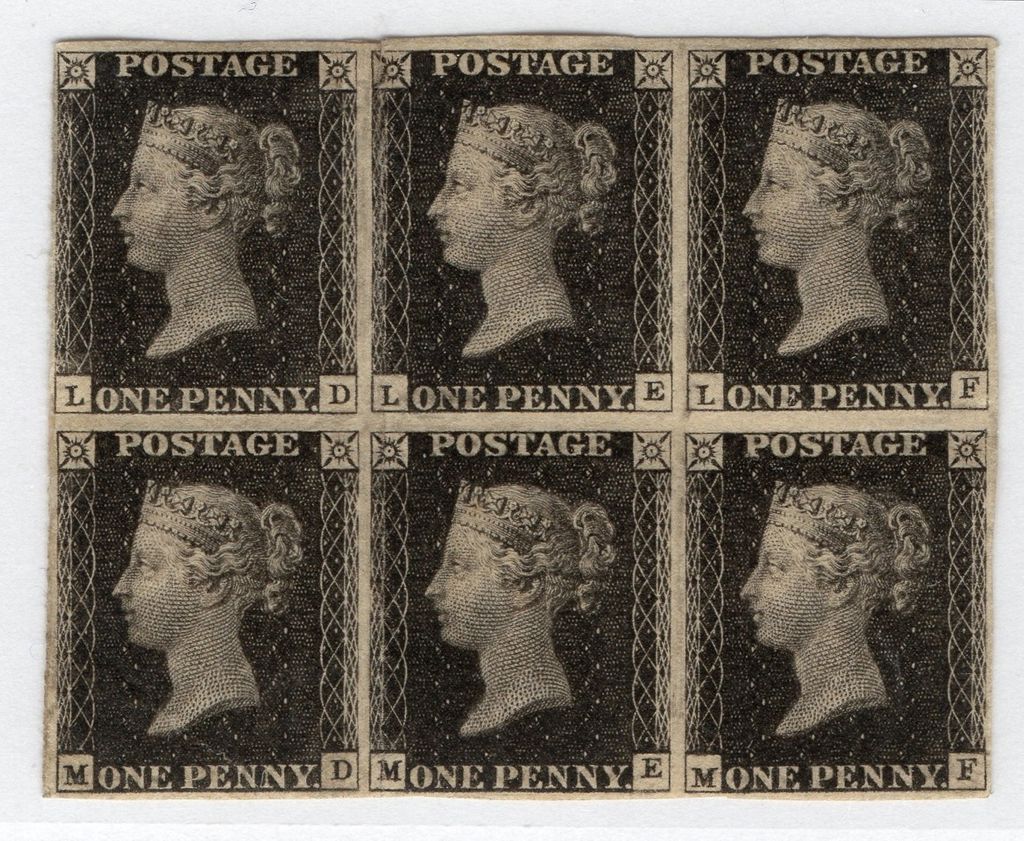
Source: Royal Mail
Where and when was the first Revenue Stamp printed?
Penny Black being the first ever revenue stamp, was issued in the Great Britain on the 1st May 1840 and the order for its official use began after five days of its release!
Know about British Postal Museum- here
Value:
As the name and stamp profile suggests, it stands for value of a Penny.
However, the value of it as today is about a 500 Euros!
If you are someone who enjoys collecting stamps, you may want to know the estimated values of the stamps possessed by you! (Check here)
Development and Usage
Revenue Stamps have been used both locally and internationally.
Different countries have authorised their usage at different times, more or less in the same period and becoming widespread between early and mid-nineteenth centuries.
In India, these stamps can claim fees or transactions as large as INR 5K and above, according to the India Stamp Act 1899 for uses including debt, demand, receipt, exchange bills, cheques, memorandum, etc.
Visit Catalogue: here
Parts of a Stamp:
Tagging by Phosphor: Phosphor (or even a coating detectable with UV lamp) is used to make a distinction between the first and second class mail, in Britain.
Perforating: Meant to aid the separation of stamps, a number of lines of holes are punched going across outlines of stamps on the stamp sheet.
Watermarks: Detected by holding stamps to the light, watermarks are a security device for the stamps
(Read: The Complete Guide to Stamps and Stamp Collecting by Dr James Mackay)
Some Revenue Stamps:
Commonly Used Stamps
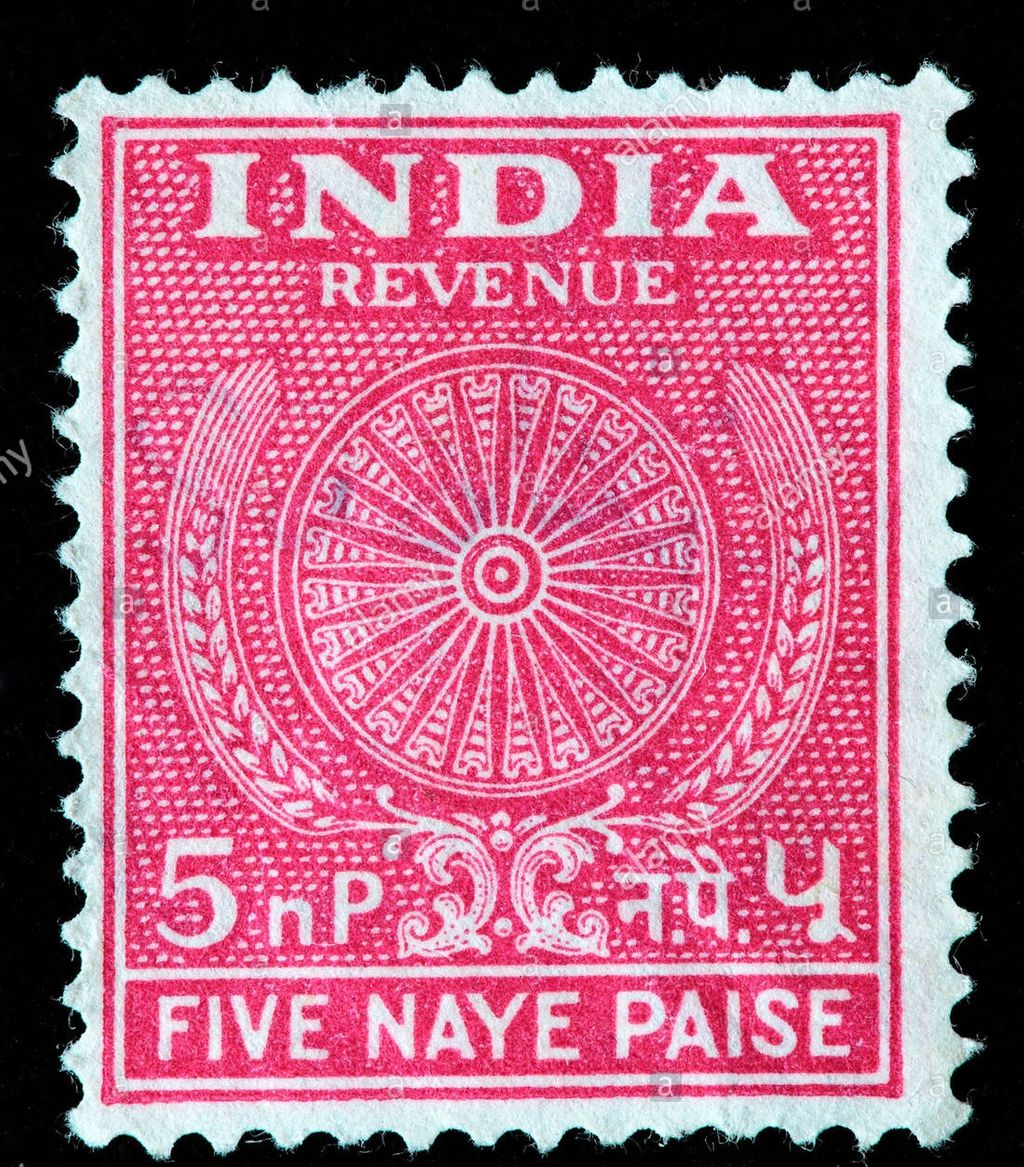
Source: alamy.com
Revenue Stamp: India
Value: 5 n P or 'five naye paise'
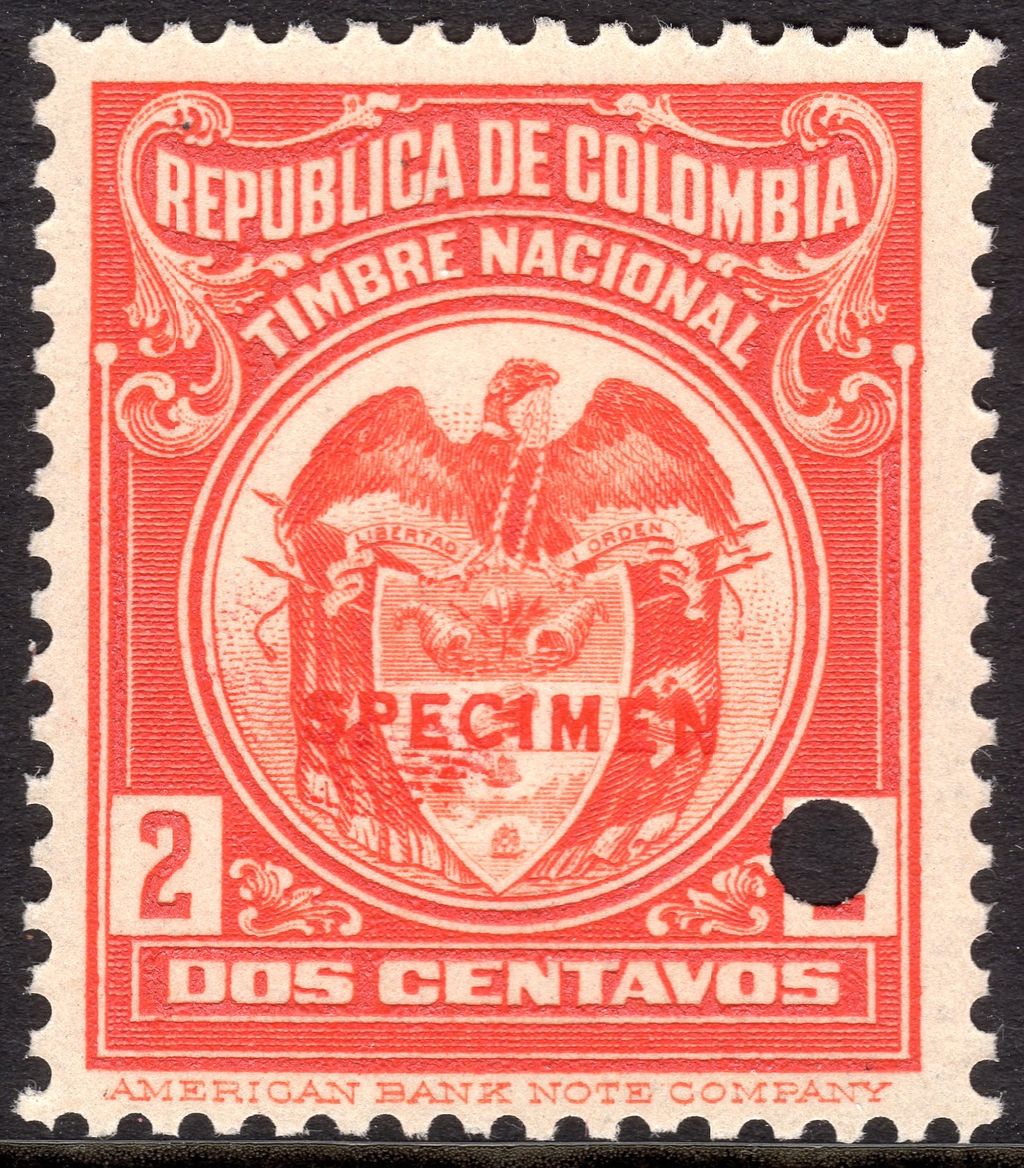
Source: commons.m.wikimedia.org
Revenue Stamp: Columbia
Issue: 1916
Value: 2 c or 'Dos Centavos'
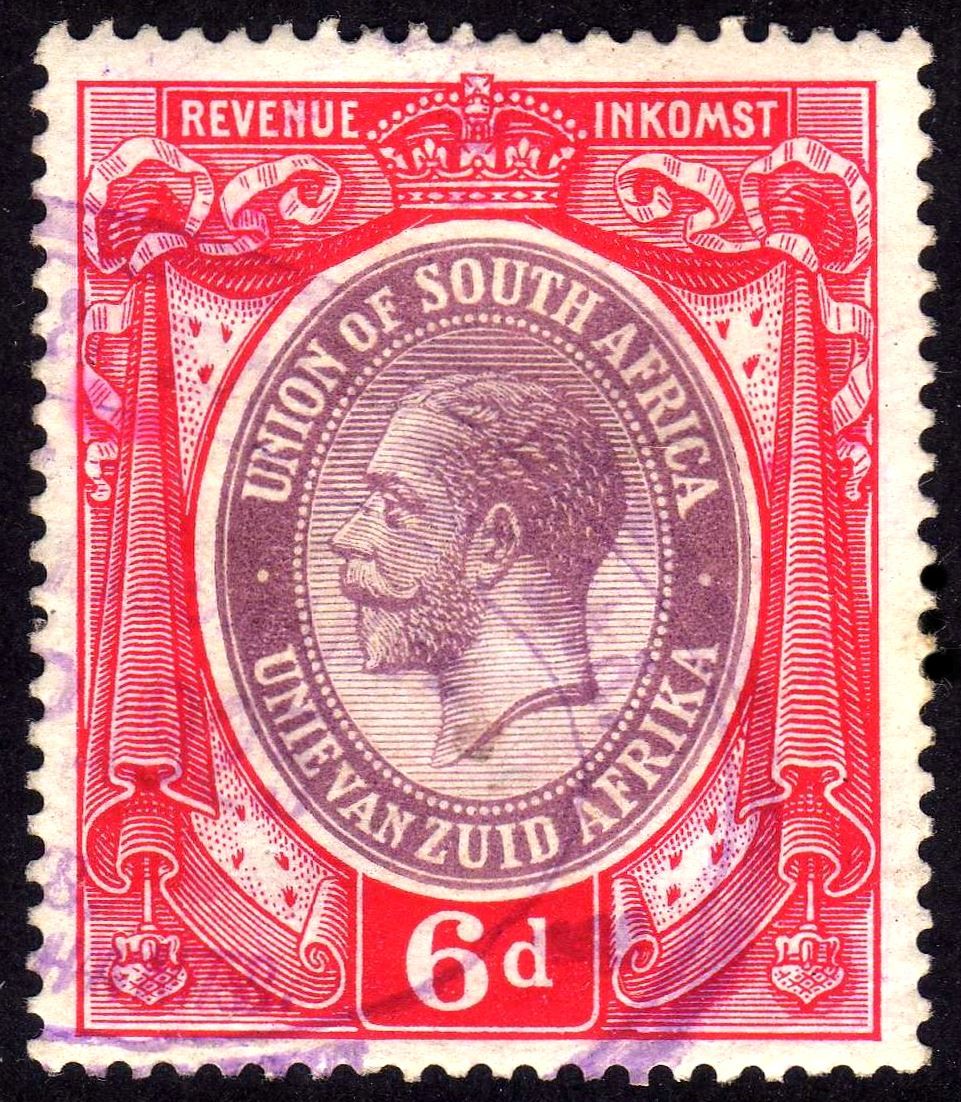
Source: wikiwand.com
Revenue Stamp: South Africa
Value: 6 d
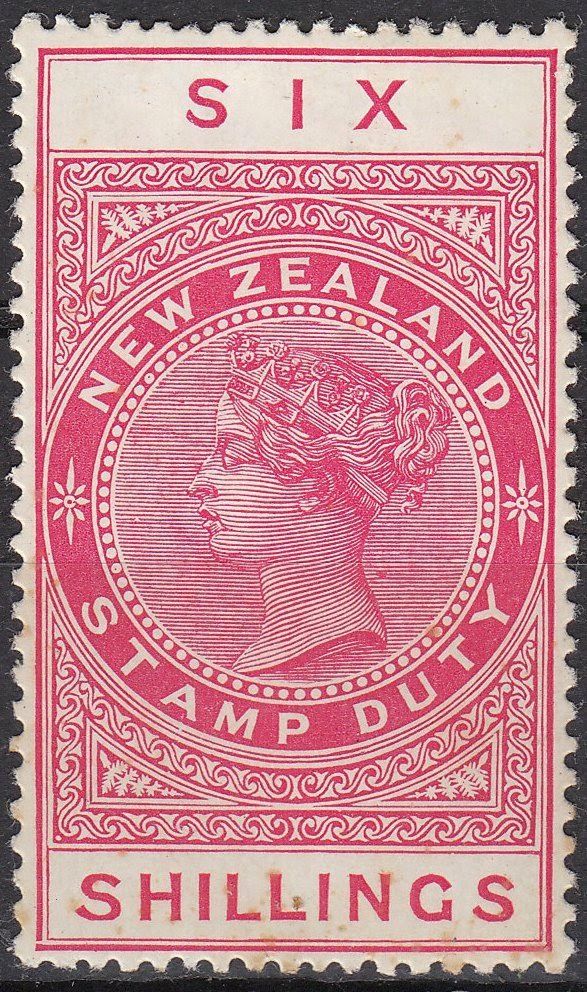
Source: virtualnewzealandstamps.blogspot.com
Duty Stamp: New Zealand
Value: 6 shillings
Collector’s Stamps
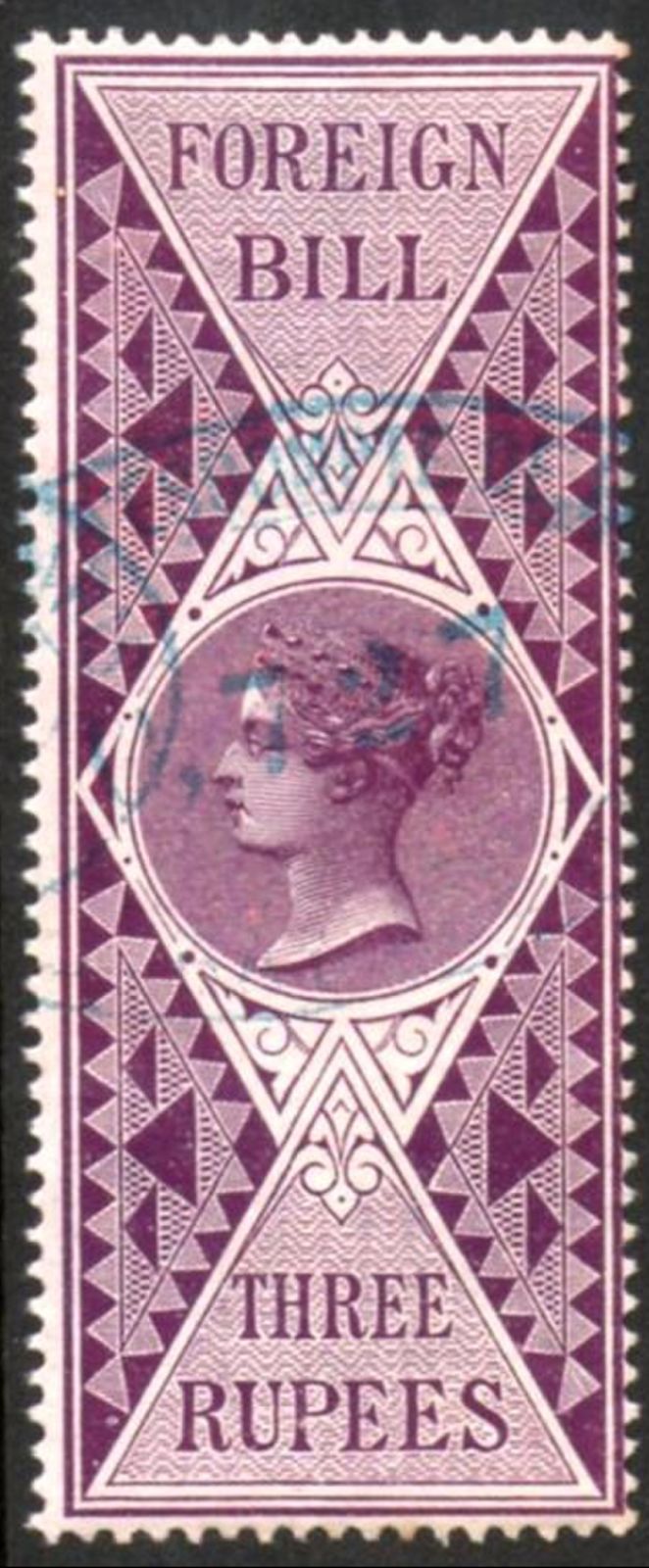
Source: http://www.templarphilatelics.co.uk
Foreign Bill Stamp: India
Released in 1861
Value: Rs 3/-
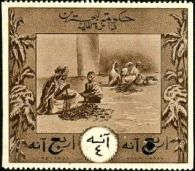
Source: revrevd.com
Revenue Stamp: Bahrain
Printed by: Waterlow & Sons
Released in 1924
Value: 4 Anna
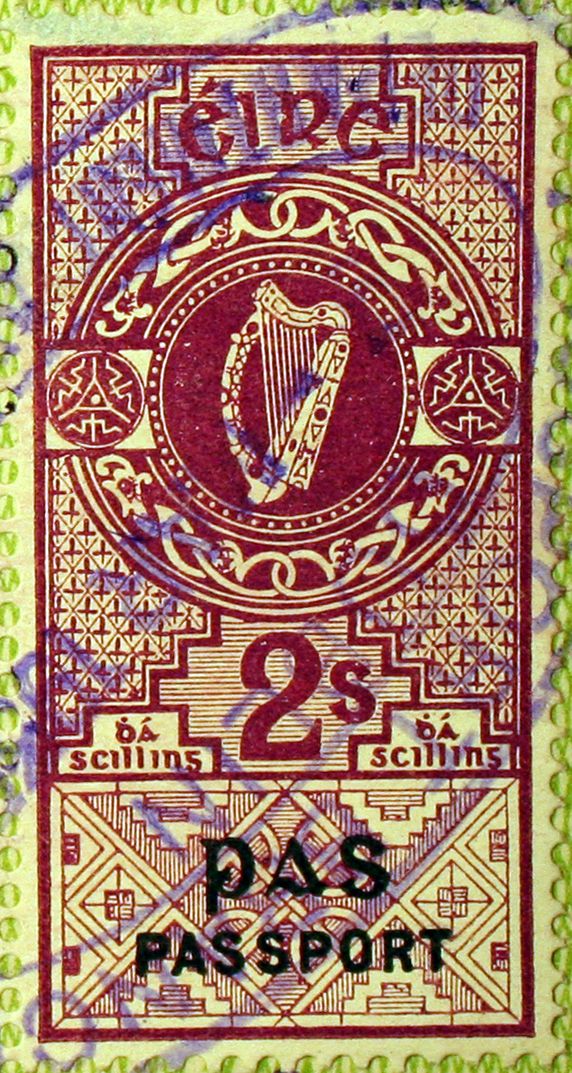
Source: Peter Clarke (Wikipedia)
Consular Service Stamp: Ireland
Used in: 1939
Value: 2 s or 'two shilling'
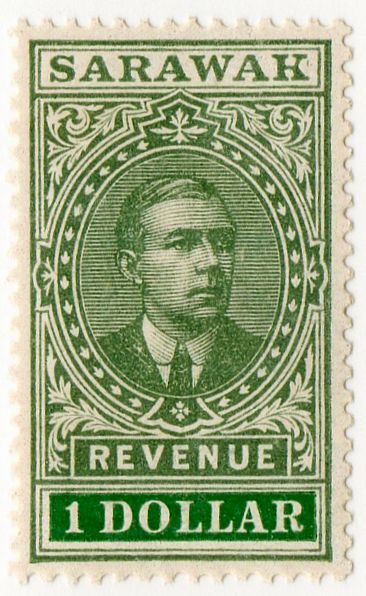
Source: Wikipedia
Revenue Stamp: Sarawak
Issued: 1918
Value: $1
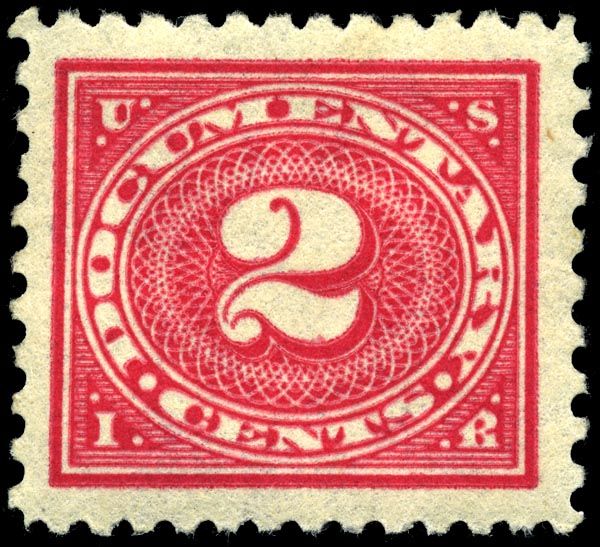
Source: Stan Shebs (Wikipedia)
Revenue Stamp: United States
Issued:1930
Value: 2 c or 'two cents'

Source: Own
Postage and Revenue Stamp: Dominica
Issued: 1923
Value: 6 d
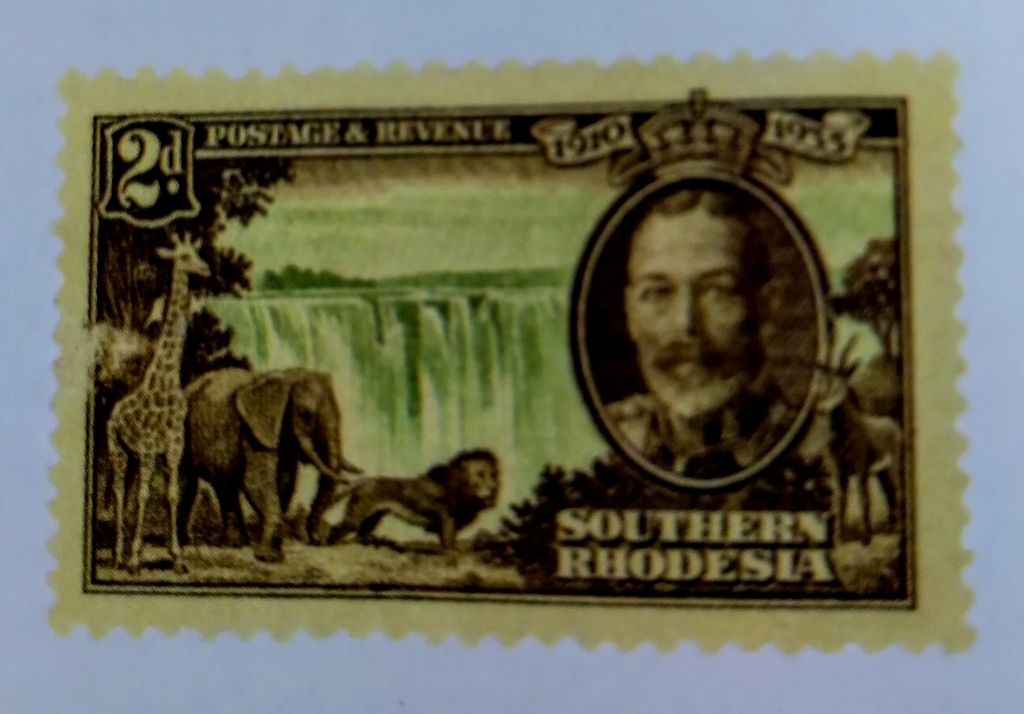
Source: Own
Postage and Revenue: Britain
Issue: 2002
Value: 2 d
(Blog Banner Photograph: Own)
